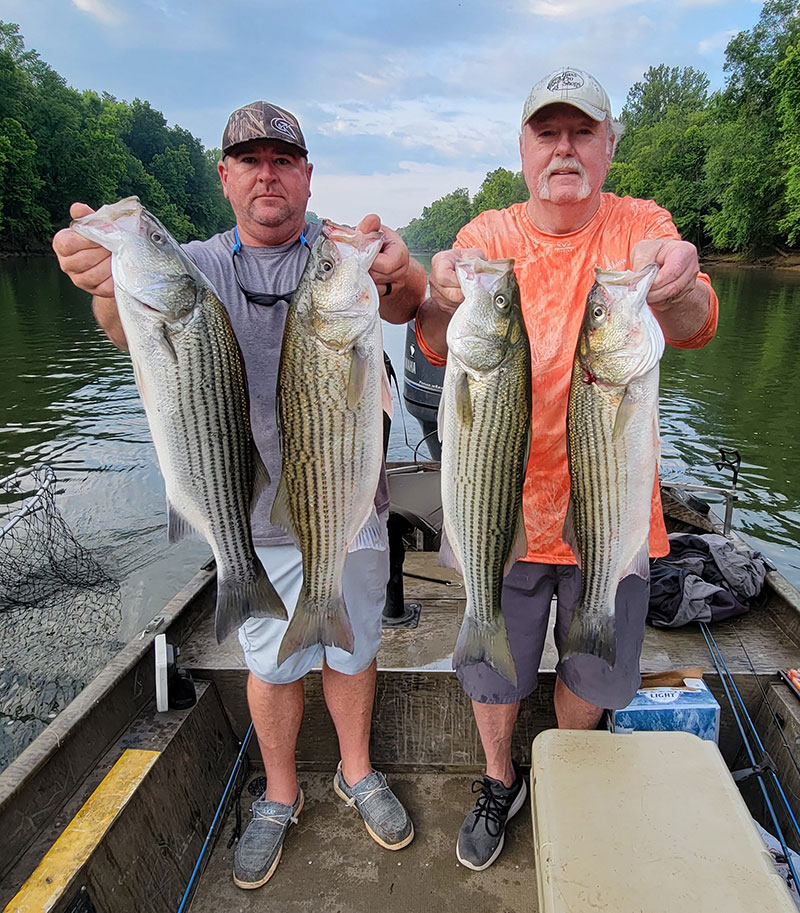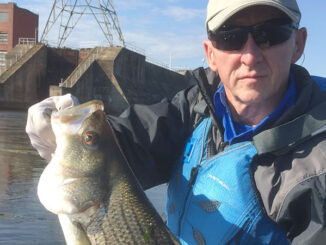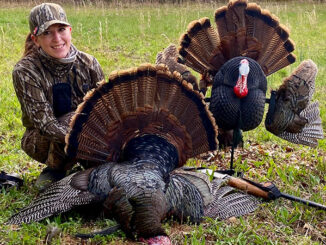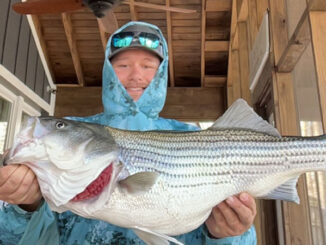
The hotter the weather, the better the bite
It doesn’t seem right for anglers to wait until noon to begin fishing during August, but that tactic works just fine for Richard Wolfe.
He doesn’t mind waking up early to fish. But he said it’s just not necessary on Clarks Hill this time of year.
“During summer, they generate a lot of electricity by running plenty of water through the Lake Russel Dam. That water is coming from the bottom of Russell and flooding into Clarks Hill, so it instantly cools the water temperature, and the baitfish flood up there, along with stripers and hybrids,” said Wolfe.
And on most days this month, they open those floodgates between noon and 1 p.m.
“You don’t want to be here much earlier than that. When the water starts running, the bite really cranks up,” he said.
Anglers don’t need to be all that close to the dam, but if they’re close enough to see it, they’re close enough to be in several feeding frenzies as the day wears on.
“You’ll have no doubt when they’re feeding,” he said. “They push the bait up top and hit them on the surface.”
That’s when anglers need to fire a topwater lure into the frenzy. Wolfe uses numerous topwater plugs, everything from Whopper Ploppers, popping lures, and walk-the-dog type lures. Sometimes he’ll toss a soft plastic swimbait in there to catch the ones below the surface. Rat-L-Traps can also catch them while they’re diving to deeper water.
“But it’s so much more fun to catch them on top. And it’s productive,” he said.
Wolfe doesn’t like to anchor, preferring to run his trolling motor instead. Once the bite starts, one school will come up, feed for a few minutes, then go back down. But another school within trolling range will usually begin hitting the surface pretty quickly.
“Sometimes another one will pop up close enough that you don’t even have to move. Other times, the next school will be close enough that my trolling motor will get me there in time. And sometimes, I’ll crank the outboard if I see a lot of activity too far away to troll over before they go back down,” he said.
If he notices a lull in schooling activity, he said it’s never a bad idea to do some blind casting.
“In between frenzies, you can still catch some just by making blind casts. These fish are in a feeding mood, and they’ll crash the surface from just about any depth if they see something worth chasing,” he said.
One of Wolfe’s favorite tricks is when using a walk-the-dog type lure.
“I’ll twitch, twitch, twitch, then give it kind of a long, slow pull and the lure will just slide on the surface. Sometimes, that’s what triggers a strong bite,” he said.
Baitcasting or spinning gear will do for these fish, and 15-pound test line is adequate.
“This lake has floating mile markers throughout. And you can gauge how hard the current is running by looking at how much those markers are leaning over. The more it’s running, that usually means the better the bite is,” said Wolfe.





Be the first to comment